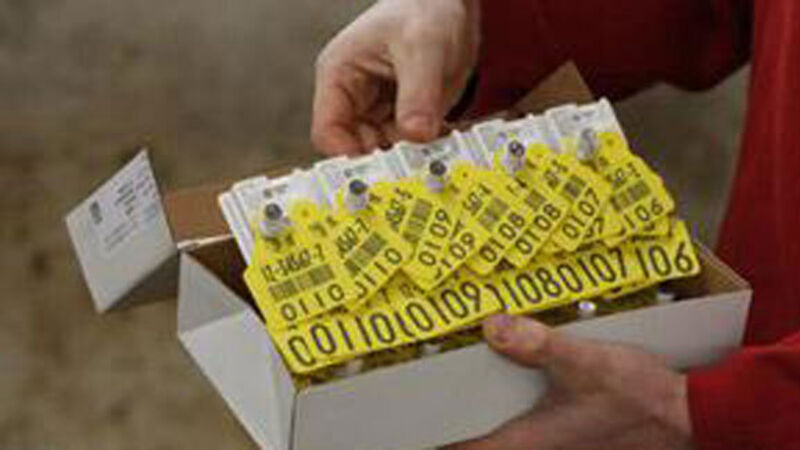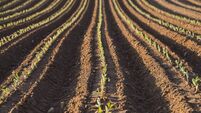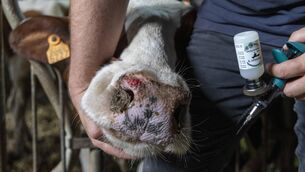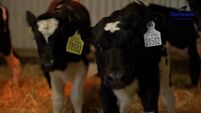Same tag for BVD and BDGP on way

Experts are still working to resolve technical issues in using the same tissue sample for both tests — but the nearly 30,000 BDGP applicants can look forward to taking just one sample for use in both schemes.
Eventually, the same sample can be used to test for BVD, and to genotype, or generate a DNA profile, for the BDGP. The DNA profile is a key BDGP requirement, to predict the genetic merit of an animal’s fertility, for example, when it is only a few days old, as accurately as traditional progeny testing would predict at the end of its lifetime.










